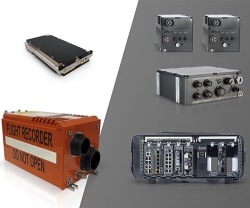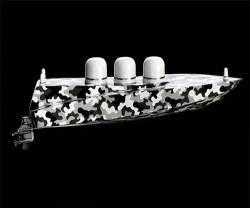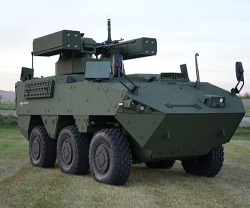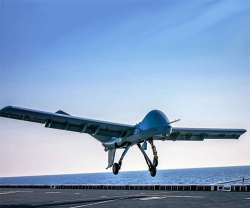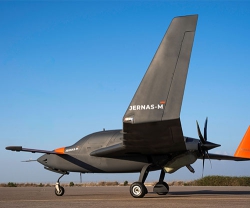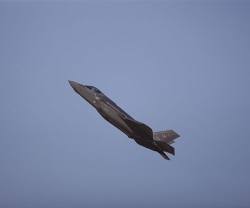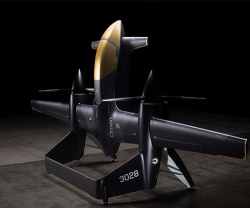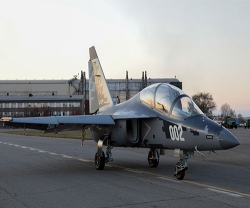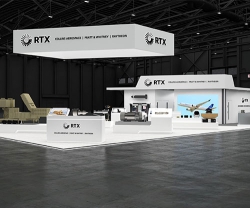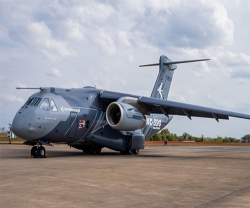Naval forces worldwide are facing changes in their mission requirements. Operations against terrorism, acts of piracy, smuggling, and other organized crime at sea have become a new challenge, next to the original forms of naval warfare. The increase of maritime and littoral operations in asymmetric warfare and in peace-keeping measures necessitates that seagoing vessels offer multi-mission capabilities. This requires a high degree of flexibility in the use of human and material resources in order to accommodate the new scenarios.
The naval communications intelligence (COMINT) system provided by Rohde & Schwarz increases the military force and survivability for both the individual vessel and the fleet. The system contributes to the ship’s alertness, enhances situational awareness, and efficiently supports well-directed missions by gaining access to data from intercepted communications and by triggering immediate alarms. It collects valuable information for fleet-wide intelligence.
This naval COMINT system makes it possible to define automatic detection and surveillance jobs. As an integrated monitoring, direction finding and analysis software, it automatically processes fixed-frequency, as well as frequency agile signals (hoppers) and handles all types of HF/VHF/UHF radio communications.
The system automatically detects, classifies, demodulates and decodes signals and provides a real-time display of the results. Its capabilities include complete recording of the digital audio or the signal's IF. The system alerts operators to the possibility of upcoming hostile signals or unknown emissions and updates the situation picture accordingly.
The multichannel naval COMINT system by Rohde & Schwarz detects and monitors communications in the HF/VHF/UHF frequency bands. It takes bearings on emitters and shows their line of bearing (LOB) along with the emitter locations on a digital map.
The wideband receiver with digital down converters (DDC) allows multi-channel monitoring of a scalable number of frequencies in parallel. Its signal processing functions include interception of voice signals; demodulation and decoding of digital transmissions; automatic classification and content production; plus digital signal recording and replay.
The open system architecture allows users to develop their own decoders with the aid of a toolset that is provided with the system. The system features further capabilities for data import and export.
The naval COMINT system by Rohde & Schwarz includes a database that handles all gathered information. Integrated algorithms recognize communications networks by matching intercepted results with emitter data in the database and update the situation picture accordingly.
“Rohde & Schwarz offers its naval COMINT system as stand-alone solutions or as subsystems for full integration and interoperability with other platform subsystems,” explained Bosco Novak, Executive Vice President, Monitoring and Network Testing, Rohde & Schwarz.
Rohde & Schwarz is a leading supplier of solutions in the fields of test and measurement, broadcast and media, aerospace, defense, security and networks and cybersecurity. The technology group’s innovative communications, information and security products help industry and government customers ensure a safer and connected world.
On June 30, 2019, Rohde & Schwarz had 12,100 employees. The independent group achieved a net revenue of EUR 2.14 billion in the 2018-2019 fiscal year (July to June). The company is headquartered in Munich, Germany, and has subsidiaries in more than 70 countries, with regional hubs in Asia and America.



